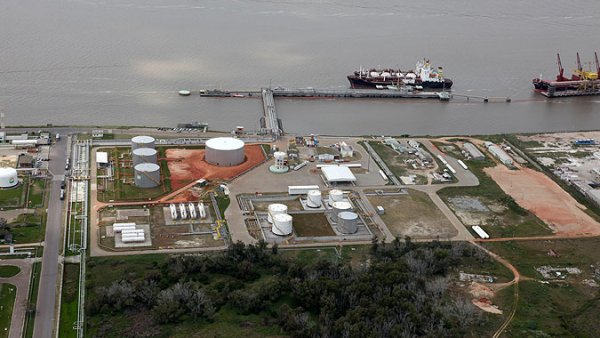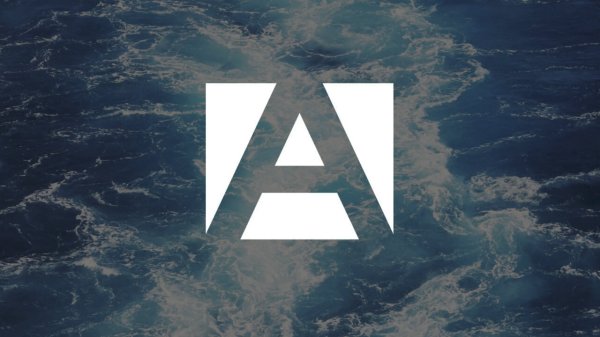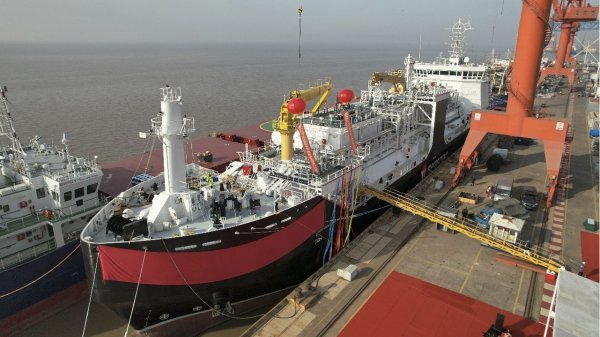PureSOx scrubber development continues
Alfa Laval pursuing improvements and options to make scrubber more flexible and optimized.
Alfa Laval says it is continuing to work on making improvements to its PureSOx sulphur oxide (SOx) scrubber platform.
Launched in 2012, the product is designed to enable vessels meet SOx regulation limits while continuing to use cheaper heavy fuel oil (HFO).
Today, PureSOx development continues through both ongoing optimization and the introduction of new options. At the Alfa Laval Test & Training Centre, in particular, the platform is being adapted for the widest range of customer needs.
"Compliance is always in focus, but customers have a broad spectrum of other requirements," says Erik Haveman, Sales Director, Exhaust Gas Cleaning. "Those can go well beyond open-loop, closed-loop and hybrid arrangements, or the choice between U- and I-designs. Today we can match a vessel's sailing profile by optimizing PureSOx for different compliance needs, and we offer many options to suit a vessel's individual circumstances."
Developing for and with customers
Alfa Laval core technologies are found not only in the scrubber itself, but also in the patented separator technology of its water cleaning unit and in the heat exchangers used for cooling the circulation water. Additionally, PureSOx has played a central role in much of the work at the Alfa Laval Test & Training Centre in Aalborg, Denmark.
The scrubber at the centre has been used in developing the PureSOx platform, but also for solving individual customer challenges in exhaust gas cleaning. Designed for 1.5 megawatts (MW), it can be pushed to its physical limits by the centre's 2-MW engine, which would be unsafe and impractical on board.
"In the controlled environment of the Alfa Laval Test & Training Centre, we can really work with extremes," Haveman explains. "This lets us innovate and meet design targets more quickly, but it also allows us to explore customer-specific challenges and inquiries. For example, we can look for the best way to cool a hot scrubber for start-up, or find ways to adapt the system for a particular engine type."
Improvements and options for greater optimization
Work at the Alfa Laval Test & Training Centre and elsewhere has meant continuous improvement of the PureSOx platform, especially with regard to size and resource use. A significant size reduction for the U-design scrubber was announced only last year, and tests have been performed with many different filling elements and sprayer arrangements to find the lower possible water consumption. Minimizing pressure drop across the system, which reduces fuel consumption by the engine, is a further area of focus.
Likewise, new options are being introduced at a steady pace. "Recently we introduced an option for open-loop scrubbing that complies with the strict pH requirements of the US Vessel General Permit," says Haveman. "For cruise ships and other high-profile vessels, we have also released an Exhaust Gas Reheater option, which warms the exhaust gas plume to reduce the chance of it being visible."
Combined with multiple operating arrangements, a choice of scrubber designs and the new Global, ECA and Flex compliance profiles, options like these are designed to allow the platform to address the specific needs of most vessels on the market.
"As the 2020 global cap approaches, more ship owners and operators will be looking at scrubber solutions than ever before," says Haveman. "Whatever their sailing profile or vessel constraints, the PureSOx platform will give them the flexibility and peace of mind they seek."
Image: Erik Haveman, Sales Director, Exhaust Gas Cleaning at Alfa Laval.
Launched in 2012, the product is designed to enable vessels meet SOx regulation limits while continuing to use cheaper heavy fuel oil (HFO).
Today, PureSOx development continues through both ongoing optimization and the introduction of new options. At the Alfa Laval Test & Training Centre, in particular, the platform is being adapted for the widest range of customer needs.
"Compliance is always in focus, but customers have a broad spectrum of other requirements," says Erik Haveman, Sales Director, Exhaust Gas Cleaning. "Those can go well beyond open-loop, closed-loop and hybrid arrangements, or the choice between U- and I-designs. Today we can match a vessel's sailing profile by optimizing PureSOx for different compliance needs, and we offer many options to suit a vessel's individual circumstances."
Developing for and with customers
Alfa Laval core technologies are found not only in the scrubber itself, but also in the patented separator technology of its water cleaning unit and in the heat exchangers used for cooling the circulation water. Additionally, PureSOx has played a central role in much of the work at the Alfa Laval Test & Training Centre in Aalborg, Denmark.
The scrubber at the centre has been used in developing the PureSOx platform, but also for solving individual customer challenges in exhaust gas cleaning. Designed for 1.5 megawatts (MW), it can be pushed to its physical limits by the centre's 2-MW engine, which would be unsafe and impractical on board.
"In the controlled environment of the Alfa Laval Test & Training Centre, we can really work with extremes," Haveman explains. "This lets us innovate and meet design targets more quickly, but it also allows us to explore customer-specific challenges and inquiries. For example, we can look for the best way to cool a hot scrubber for start-up, or find ways to adapt the system for a particular engine type."
Improvements and options for greater optimization
Work at the Alfa Laval Test & Training Centre and elsewhere has meant continuous improvement of the PureSOx platform, especially with regard to size and resource use. A significant size reduction for the U-design scrubber was announced only last year, and tests have been performed with many different filling elements and sprayer arrangements to find the lower possible water consumption. Minimizing pressure drop across the system, which reduces fuel consumption by the engine, is a further area of focus.
Likewise, new options are being introduced at a steady pace. "Recently we introduced an option for open-loop scrubbing that complies with the strict pH requirements of the US Vessel General Permit," says Haveman. "For cruise ships and other high-profile vessels, we have also released an Exhaust Gas Reheater option, which warms the exhaust gas plume to reduce the chance of it being visible."
Combined with multiple operating arrangements, a choice of scrubber designs and the new Global, ECA and Flex compliance profiles, options like these are designed to allow the platform to address the specific needs of most vessels on the market.
"As the 2020 global cap approaches, more ship owners and operators will be looking at scrubber solutions than ever before," says Haveman. "Whatever their sailing profile or vessel constraints, the PureSOx platform will give them the flexibility and peace of mind they seek."
Image: Erik Haveman, Sales Director, Exhaust Gas Cleaning at Alfa Laval.

|
IMO approves pricing mechanism based on GHG intensity thresholds
Charges to be levied on ships that do not meet yearly GHG fuel intensity reduction targets. |
|
|
|
||

|
VARO Energy expands renewable portfolio with Preem acquisition
All-cash transaction expected to complete in the latter half of 2025. |
|
|
|
||

|
NYK trials biofuel in milestone coal carrier test
Vessel is used to test biofuel for domestic utility company. |
|
|
|
||

|
H-Line Shipping orders LNG bunkering vessel
Vessel with 18,000-cbm capacity to run on both LNG and MDO. |
|
|
|
||

|
How to engineer and manage green shipping fuels | Stanley George, VPS
Effective management strategies and insights for evolving fuel use. |
|
|
|
||

|
Swedish government bans scrubber wastewater discharges
Discharges from open-loop scrubbers to be prohibited in Swedish waters from July 2025. |
|
|
|
||

|
MAN Energy Solutions achieves 100% load milestone for ammonia engine
Latest tests validate fuel injection system throughout the entire load curve. |
|
|
|
||

|
Petrobras secures ISCC EU RED certification for B24 biofuel blend at Rio Grande
Blend consisting of 24% FAME is said to have been rigorously tested to meet international standards. |
|
|
|
||

|
Stolt-Nielsen to fully control Avenir LNG with acquisition
Share purchase agreement to buy all shares from Golar LNG and Aequitas. |
|
|
|
||

|
Bureau Veritas supports launch of CIMC SOE's LNG bunkering vessel
Handover of Seaspan Energy's cutting-edge 7,600-cbm vessel completed. |
|
|
|
||
Related Links
- · Alfa Laval to deliver first booster system for LPG-fuelled ships [Insights]
- · Alfa Laval begins gas testing at newly expanded facility [Insights]
- · Alfa Laval sells 100th U-design scrubber [Insights]
- · Scrubber system for Great Lakes cement carrier [Insights]
- · H.P. Wegener reports fuel savings as scrubber milestone is reached [Insights]

